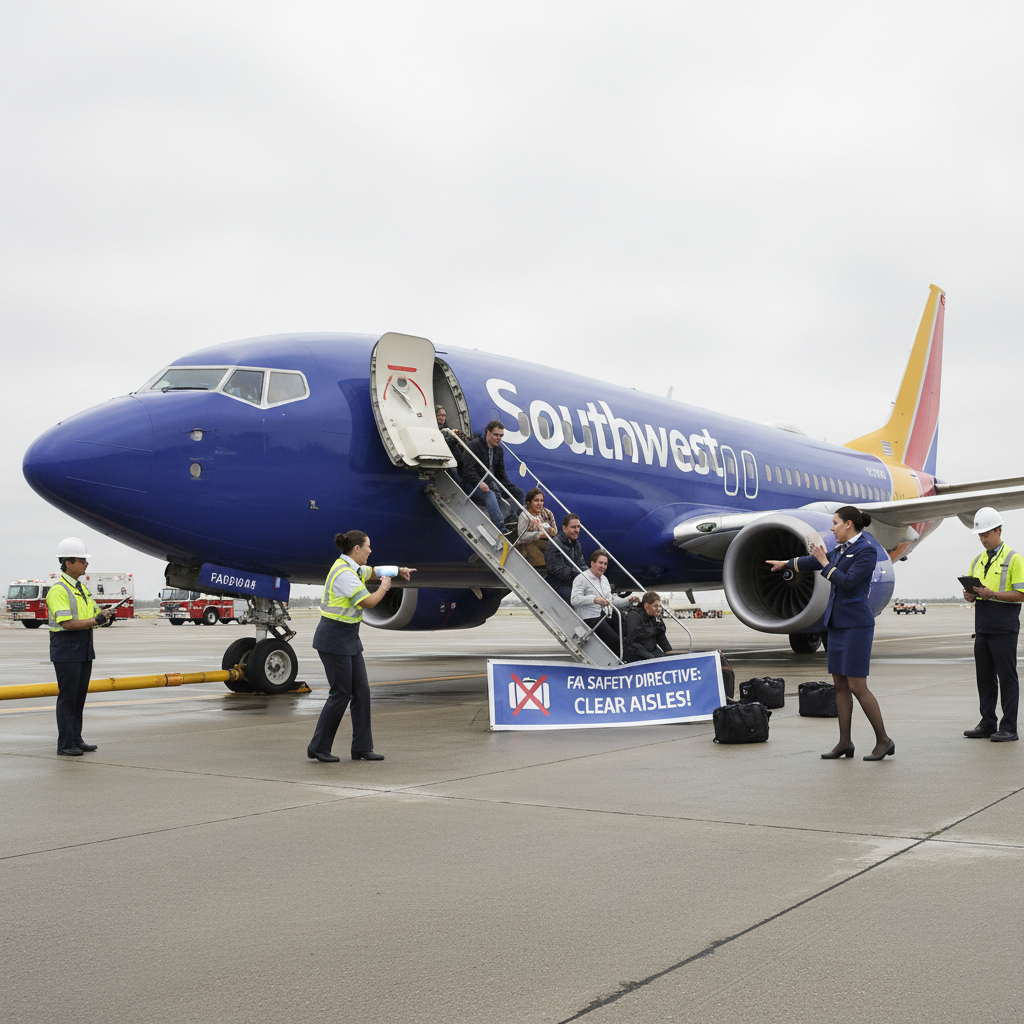Physical Address
304 North Cardinal St.
Dorchester Center, MA 02124
Physical Address
304 North Cardinal St.
Dorchester Center, MA 02124
Global aviation news tracker
Global aviation news tracker

FAA evacuation procedures now require U.S. airlines to strengthen crew training and passenger briefings to stop people from grabbing carry-on bags during emergencies.
The Federal Aviation Administration (FAA) said recent evacuations in Denver and Orlando, where passengers carried luggage out of aircraft, created avoidable hazards and delayed exiting. Regulators told carriers to update procedures so crews and flyers clearly understand the risk of taking personal items when leaving a plane.
Airlines have been ordered to revise crew training programs and in‑flight announcements to emphasize leaving luggage behind. The FAA also expects operators to practice more realistic evacuation drills and to reinforce cabin-crew authority during an emergency so compliance improves under stress.
The FAA’s guidance will be released as updated recommendations that target specific hazards caused by carry-on baggage during evacuations, such as blocked aisles, slowed slides, and lost time. Lawmakers had asked for tighter standards after those high-profile U.S. incidents, and the agency says the industry must act quickly to raise compliance.
The FAA is not proposing a one-size-fits-all ban on personal items; rather, it is pushing airlines to change how they train crews and communicate with passengers so that safety — not luggage — is the priority when an emergency occurs. Carriers will be expected to report back on how they implement the changes.
Passengers can help: follow crew commands immediately, listen to safety briefings, and plan where to leave personal items. In an evacuation seconds matter — leaving carry-ons behind saves lives and reduces risk for everyone on board.